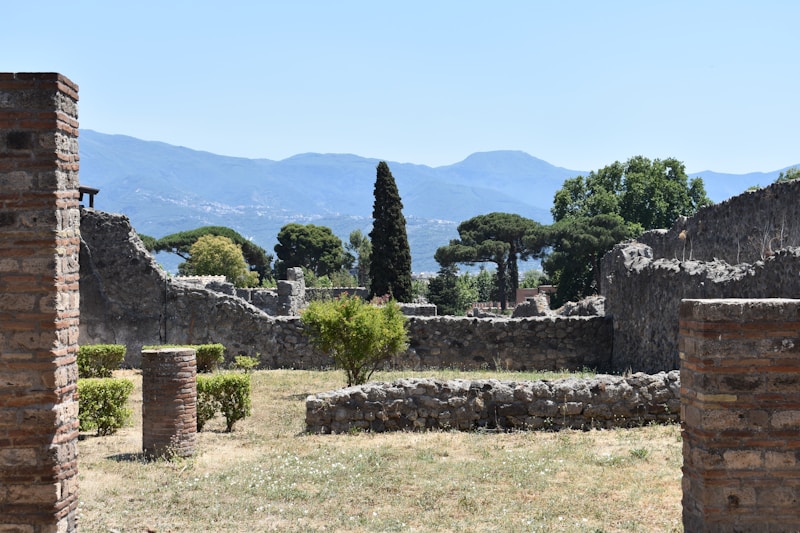6 Questions
Which city was also destroyed by the eruption of Mount Vesuvius in 79 CE along with Pompeii?
All of the above
What is the significance of the archaeological sites at and around Pompeii?
They provide unique information about the social and economic life of the ancient world
What was the official language of Pompeii before it became Romanized?
Oscan
What was the cause of Pompeii's destruction?
Volcanic Eruption
How did the quick burial of Pompeii benefit its preservation?
All of the above
What is the significance of Pompeii's archaeological sites?
They provide a unique source of information about many aspects of social, economic, religious, and political life of the ancient world
Study Notes
Facts about Pompeii: The Ancient Roman City Destroyed by Mount Vesuvius
- Pompeii was destroyed in 79 CE when Mount Vesuvius erupted, covering it in at least 19 feet (6 metres) of ash and other volcanic debris.
- The quick burial of Pompeii preserved it for centuries before its ruins were discovered in the late 16th century, marking the start of the modern science of archaeology.
- The archaeological sites at and around Pompeii are important because they provide a unique source of information about many aspects of social, economic, religious, and political life of the ancient world.
- The eruption of Mount Vesuvius that destroyed Pompeii occurred on August 24, 79 CE, and also destroyed the cities of Herculaneum, Stabiae, Torre Annunziata, and other nearby communities.
- Pompeii was located in what is now the Campania region of Italy, southeast of Naples, and supported between 10,000 and 20,000 inhabitants at the time of its destruction.
- The remains of Pompeii's city walls are 2 miles (3 km) in circumference, and they enclose an area of about 163 acres (66 hectares).
- There are many remains of public buildings, generally grouped in three areas: the Forum, located in the large level area to the southwest; the Triangular Forum, standing on a height at the edge of the south wall overlooking the bay; and the Amphitheatre and Palaestra, in the east.
- Hundreds of private homes of various architectural styles have also been excavated at Pompeii.
- Pompeii, Herculaneum, and Torre Annunziata were collectively designated a UNESCO World Heritage site in 1997.
- Pompeii was first settled by Oscan-speaking descendants of the Neolithic inhabitants of Campania and was later influenced by the Greeks, Etruscans, and Samnites before becoming a Roman confederation ally.
- Latin replaced Oscan as the official language of Pompeii, and the city soon became Romanized in institutions, architecture, and culture.
- Pompeii was buried under a layer of pumice stones and ash 19 to 23 feet (6 to 7 metres) deep, which protected it from vandalism, looting, and the destructive effects of climate and weather for the next 17 centuries.
Think you know everything about Pompeii, the ancient Roman city destroyed by Mount Vesuvius? Test your knowledge with our quiz! From the city's history and culture to its ruins and archaeological sites, this quiz will challenge you with trivia about one of the world's most famous archaeological sites. Get ready to uncover the secrets of Pompeii and see how much you really know about this ancient city.
Make Your Own Quizzes and Flashcards
Convert your notes into interactive study material.



